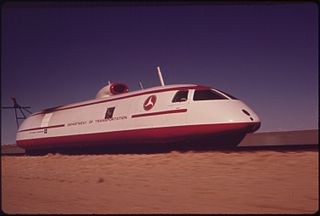
When will we stop building highways? America has 4 million lane-miles of roadway and, on these can be found, 280 million motor vehicles of varying description. Isn’t that enough? Why aren’t we building more transit lines and systems instead?
Like Carl Stutzman in The Departure Track: Railways of Tomorrow* stated: “Railroading has been more responsible for the industrial development of America than any other facet of our growth as a modern and developed nation. Yet, there is a contemporary expressed need for the ever-continuing development of a modern transportation system for the movement of people, systems that will transport passengers at very high speeds between cities, systems that will move people within urban areas, systems that will bring workers to and from their jobs and homes, and other systems that will fill in virtually all of the roles between and within these systems. The new goal will be to provide seamless modes of moving people in all circumstances.”
That’s a tall order to fill. Can it be done? Will it be done? Is there the will to do it?
There are many factors that could push this development along as well as to encourage movement in that direction. Among these are economic, environmental, ideological, practical and sociological considerations.
Most importantly is that such development not be stymied. In aviation, perhaps the best example, the field not only is gaining ground but is reaching new heights — literally and figuratively. What’s the reason for this? When it comes to travel, is technological advancement above Earth’s surface so much more important than that on its surface? The way development is advancing, one compared to the other, one would think so. Quite interestingly this was not always the case.
All could change, and in a heartbeat, if the stars align. More fittingly, perhaps, and to use a railroad metaphor, if the turntable turns, and is what the trainmaster orders, such change will happen.
* Carl Stutzman, “Foreword,” The Departure Track: Railways of Tomorrow by Alan Kandel, Dec. 2013, self-published e-book
Source: “Surface transport: Putting new, innovative technologies to work,” an Oct. 21, 2023 The Daily Kos post.
Above and corresponding, connected home-page-featured images: Bruce McAllister, U.S. National Archives and Records Administration, College Park location collection via Wikimedia Commons
Senator Shoebridge needs power to replace Albabese on a 3strikes & out basis. 1 560,000 immigrant policy.. why a shortage of housing exists to further inflate interest rate rises.. when th govt is causing this endemic. 2. Why buy refurbished submarines when for 1.3Tril US builds 10 most advanced aircraft carriers 1km long and virtually indestructable. Why are we paying for US aircraft carriers so stupidly?
3. Ive given my LinkedIN buddy (ex Tesla, Hendrick; a future urban transport solution that i hold patent priority on.. self assembly road trains.. its easy when u have all pieces worked with no accidents/ & saves selfish green house emission 30%
I’m interested in learning more about the “self-assembly trains.” Could make for a good post on the Air Quality Matters blog.
As it relates, my e-book, The Departure Track: Railways of Tomorrow may be of some interest.